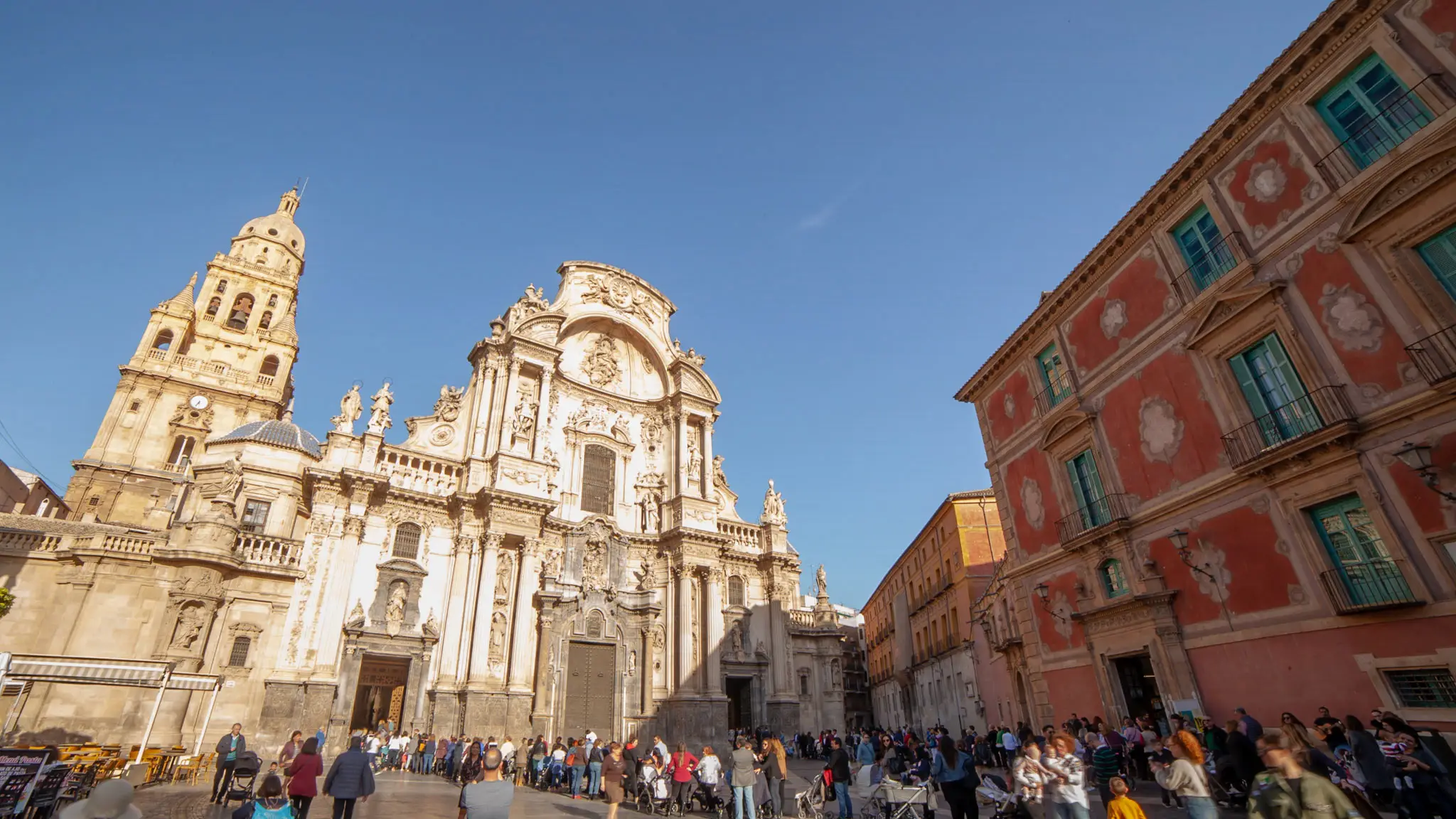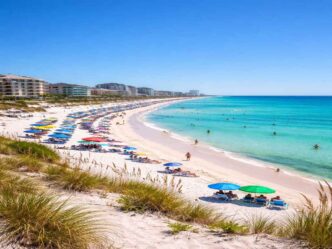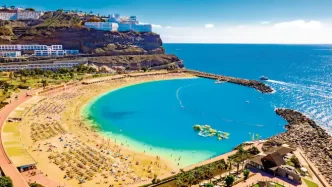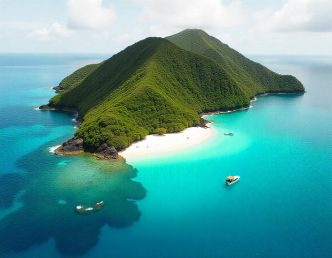Reasons to visit the Murcia Region of Spain
Murcia, Spain’s Warm Coast
Murcia Spain was long known for producing food, but today its best-known export is its wine. Specifically, its full-bodied, low-spreading Monastrell variety found in DO Bullas, Jumilla, and Yecla. From relaxing morning cafe con leche gatherings with friends to indulgent lunches, Spanish cuisine and wine are at the core of this relaxed region.
Roman History

Cartagena is an absolute must for history buffs and wine connoisseurs alike, boasting less crowds than many of Spain’s other top destinations and making for easy meandering of charming streets while taking in its vibrant ambience.
Cartagena was establish by the Carthaginians in 227 BC under its original name of Qart-Hadast and quickly rose to fame when Hannibal launched his famous elephant expedition from here.
Today, Roman ruins can still be seen throughout the city, including a 1st Century B.C. theater and Muralla Punica interpretation center. Additionally, wine enthusiasts should make time to visit, as this region boasts three Denominacion de Origen (DO) wines: Yecla, Jumilla and Bullas. Of note is Bullas; newly establishe vineyards boast Monastrell as well as Tempranillo vines that make these delicious wines. For an enjoyable tasting experience and deep red hued wines made here by these DOs you must try local varieties like Yecla, Jumilla or Bullas!
Costa Calida
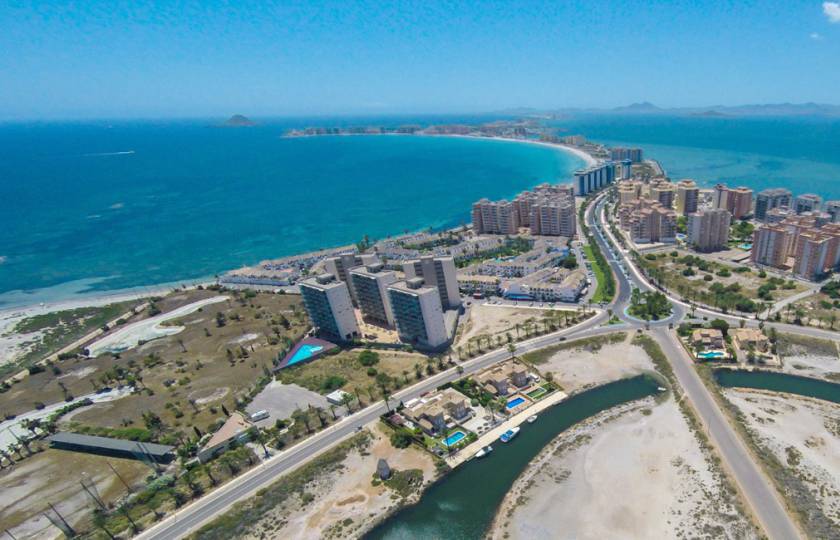
This coastal stretch, known as the Warm Coast in English, boasts sandy beaches that tend to be much less popular among visitors than Costa Blanca and Almeria coastlines. This makes for an excellent getaway spot for families with kids, couples and solo travellers.
This region boasts a warm climate, making it a wonderful year-round travel destination. Outdoor adventure activities such as hiking or mountain biking trails are popular here while golf remains one of the main draws.
Rural agri-tourism is an integral part of Spain. Vineyards here are known for producing wines such as Monastrell, one of the most beloved red wine grape varieties. This success can be partly attribute to its unique climate – with scorching summer days and chillier winter nights giving each variety its signature taste and character. Therefore many vineyards open to visitors are open so visitors can visit and taste the wines produced there.
Wine Route In Murcia
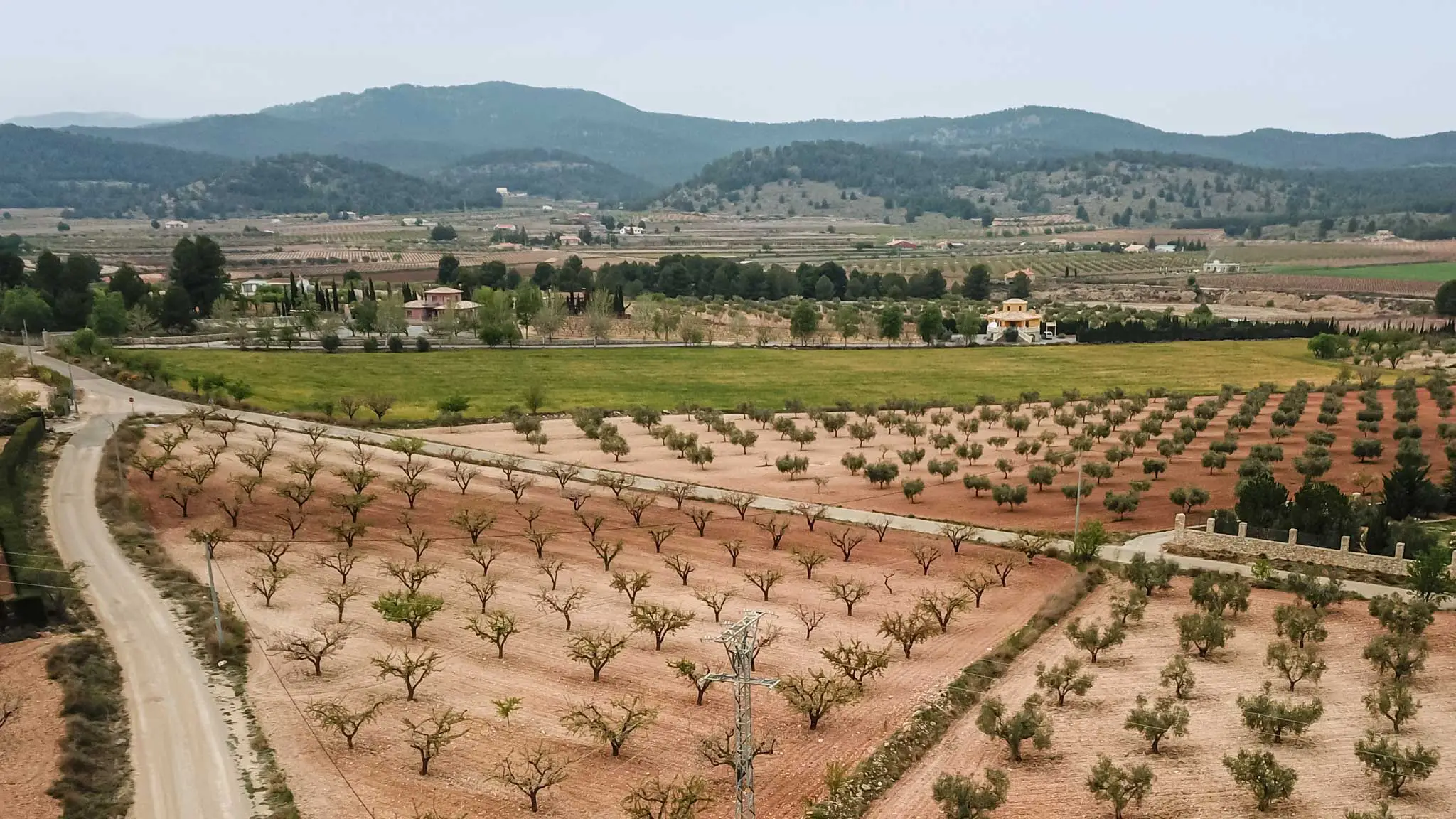
Murcia stands out among other Spanish regions by having warm summer climates, making its vineyards internationally recognized. Bullas, Jumilla and Yecla municipalities have become well-known wine routes offering wide varieties of Denominacion de Origen wines.
Monastrell vines produce fruity red wines. Other cultivars such as Cabernet Sauvignon, Merlot, Syrah, and Tempranillo as well as white varieties Airen and Macabeo can also be found.
Rural agri-tourism allows guests to gain insight into all stages of production while enjoying an indulging breakfast or lunch in a country restaurant. For something extra delicious, try out Marinera: an incredible fish salad served on a round doughnut called a tostadilla; its flavors make this regional delicacy simply irresistible!
Cuisine & Tapas
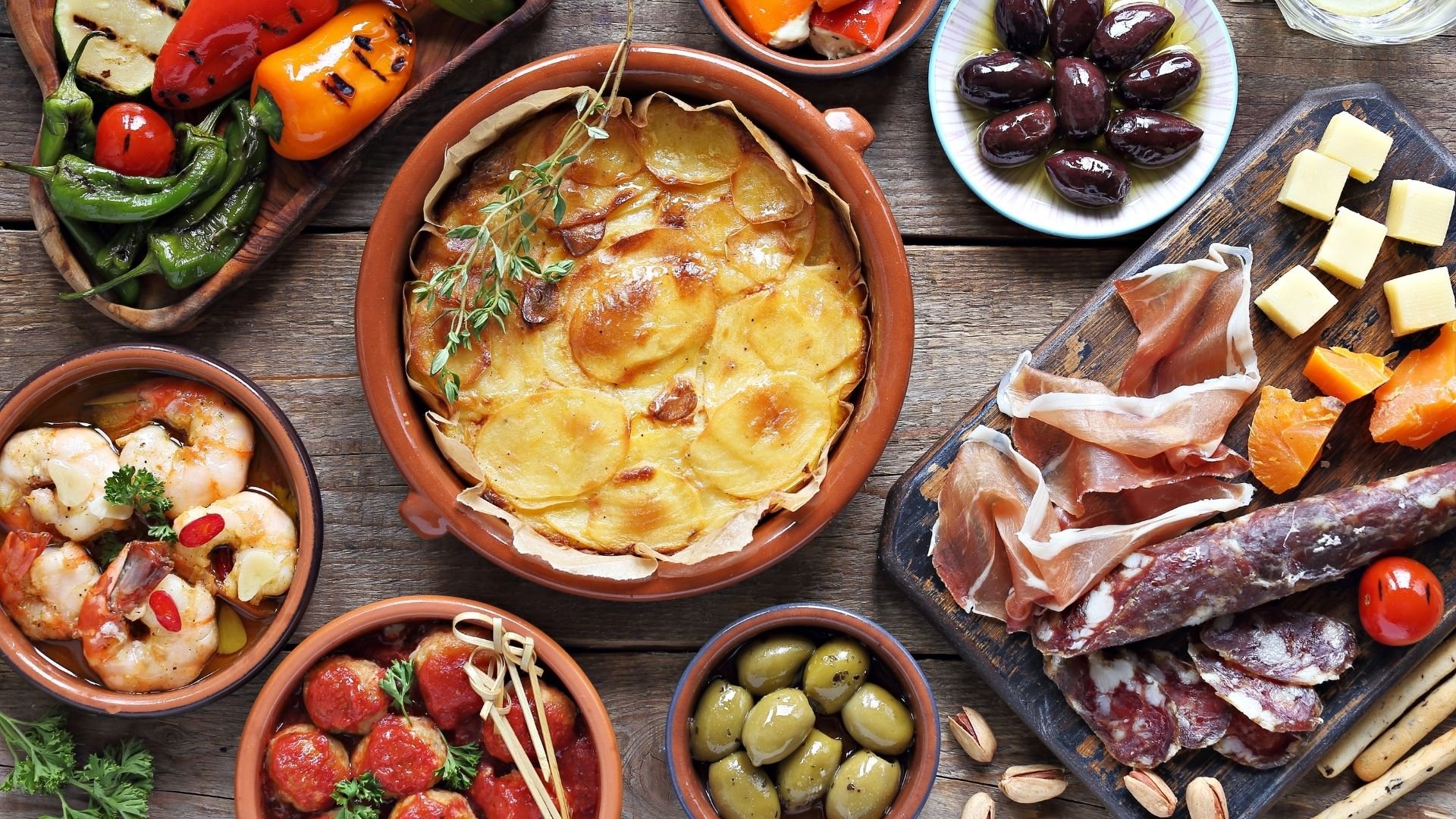
Murcia provides an ideal venue for exploring Spain’s vibrant tapas culture without being overwhelme by crowds of visitors from Spain’s southern regions. Warm all year-round, July to August prove especially captivating as this Mediterranean coast region hosts one of the hottest summers on record and features delicious cuisine that draws people in from across Europe.
Murcia, known as Europe’s Orchard, boasts incredible land and seascapes that produce wonderful fruit, flowers and vegetables, including those found in British supermarkets such as melons, oranges and tomatoes.
Zarangollo, or Murcian ratatouille, should definitely be sample! Another delicious dish here is Marinera: a small Russian salad consisting of potatoes, tuna and other canned vegetables, served on finely toasted bread with an anchovy for topping!
Architecture Of Murcia
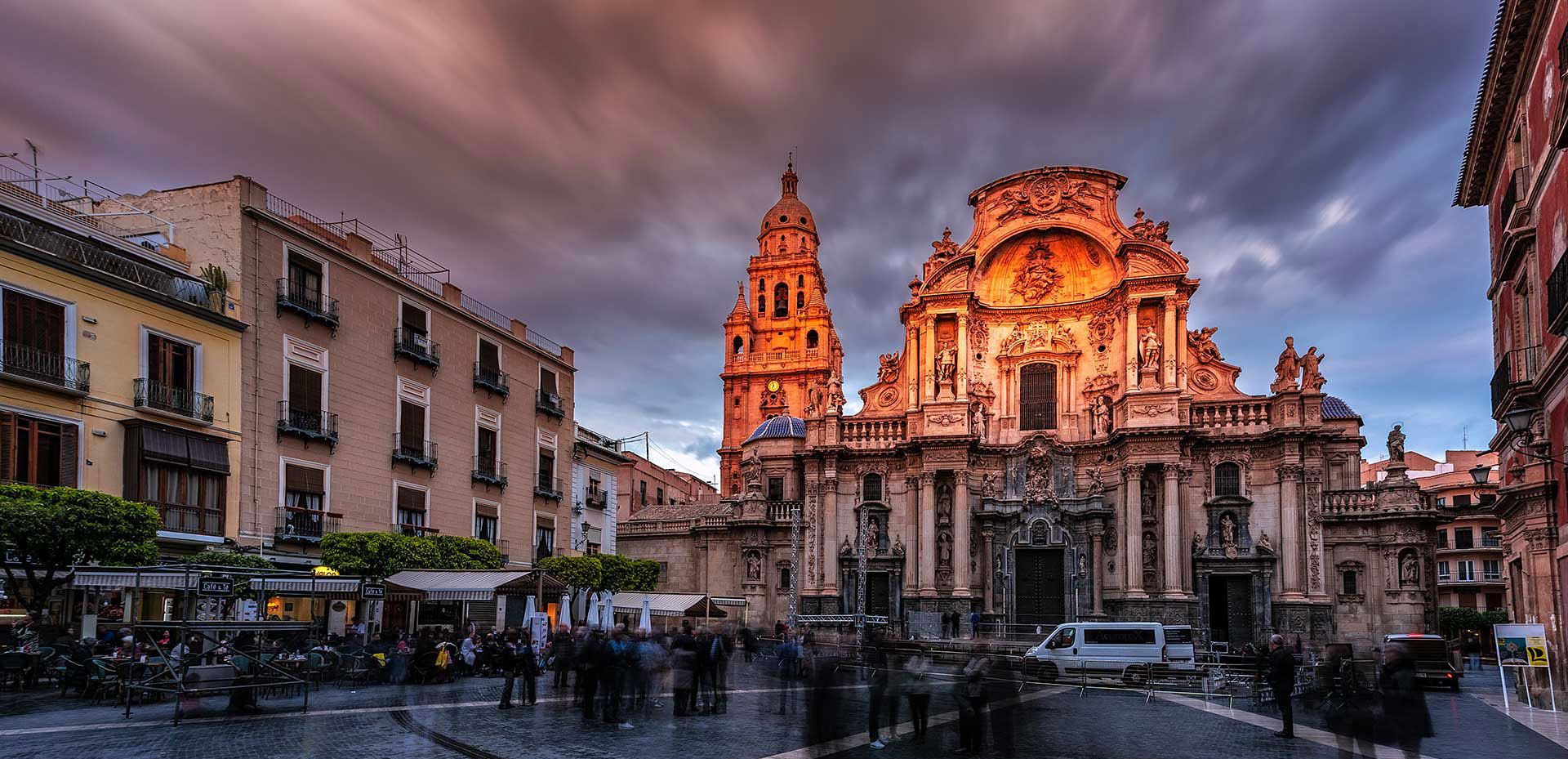
Murcia offers an exquisite fusion of architectural styles due to its long history as part of both the Caliphate and Al-Andalus before becoming Christian Spain. One such cathedral stands out as being especially representative, located at Plaza del Cardenal Belluga; its main facade demonstrates baroque styling while its interior boasts Gothic and Renaissance touches.
Visits to Murcia Cathedral should not be miss, nor should be exploring its city streets like Traperia and Plateria where you can grab some food and beverage.
If modern architecture is your passion, be sure to visit Rafael Moneo’s City Hall Annex designed by him. His challenge was designing an iconic structure representing Municipal government against two religious buildings with strong historical precedent.
City
Murcia exudes youthful energy thanks to its university population, making its compact pedestrianised centre an absolute delight to stroll around. There’s plenty of history to uncover too; Murcia Cathedral alone offers stunning baroque, Renaissance and Gothic architecture – not forgetting Santa Clara Monastery and Museum; this former Islamic Palace now serves as a convent boasting an amazing central pool as well as religious art that makes for an impressive sight!
Rural agri-tourism is also popular in this region, with residents taking advantage of the warm temperatures and gorgeous scenery to take part. Foodies will find plenty to love here too. From traditional Huertas farmhouses with roofs to local favorites such as chorizo and paella. Plus there’s plenty of fruit & veg thanks to fertile landscapes known as The Orchard of Europe. Where some delicious fruit-centric dishes can be found!
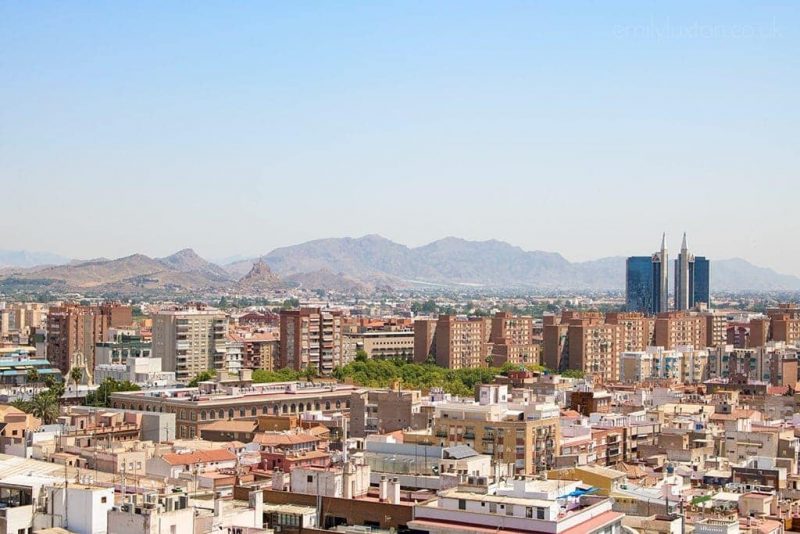
Some Commonly Asked Questions About Murcia
Things To Do in Murcia Spain?
Murcia in Spain offers an abundance of activities for visitors, ranging from exploring its historic architecture and bustling markets, to sampling regional cuisine and visiting art galleries.
Weather Of Murcia Spain In Different Months?
Murcia, Spain enjoys a Mediterranean climate – hot and dry summers, mild winters, pleasant spring and fall months and pleasant conditions throughout.
Beaches list in Murcia Spain?
Murcia, Spain boasts some acclaimed beaches, such as Calblanque Beach, Playa de La Manga Beach and Bolnuevo Beach; each offer breathtaking coastal landscapes.
Is Murcia Spain Worth Visiting?
Murcia, Spain is worth visiting due to its rich cultural heritage, beautiful landscapes, and blend of modern amenities with traditional charm.
Is Murcia Spain Safe?
Murcia, Spain is generally safe for travelers; however, as with any destination it’s wise to exercise caution in crowded areas and to follow local guidelines.
What’s Murcia Airport Called?
Murcia International Airport (formerly Corvera Airport) serves the region and provides both domestic and international access.

